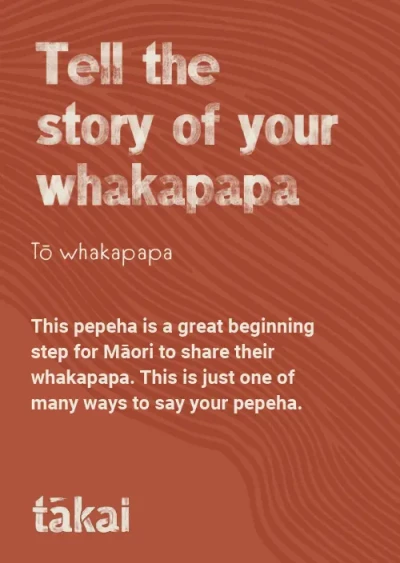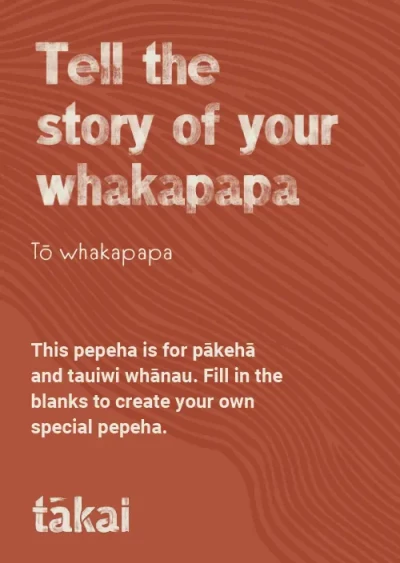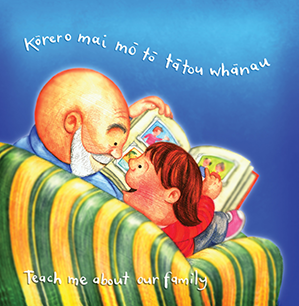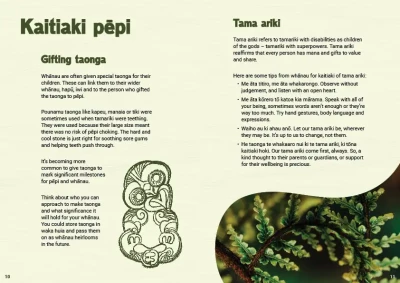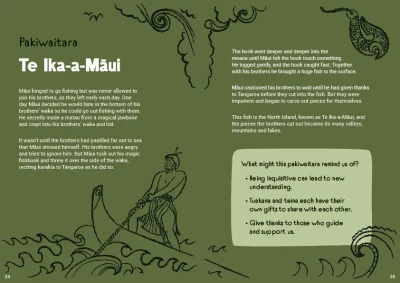
Teach me about my family
Photos and stories are good ways to teach children about their family, which makes them more aware of themselves and where they belong.
The baby frieze picture ‘Teach me about my family’ reminds us to talk to our children about our families, where we belong and where we come from.
Ask whānau:
- Does this picture make you think of anything that you’re doing with your child now?
- What do you want your toddler to know about their wider whānau?
- How could you help make that happen?
Some ideas to share might include:
- Tell little stories about your own childhood, your parents and ancestors, and the places they lived.
- Show photos of family and talk about who’s in the photos.
- Have photos or paintings of special places and people on the walls, for example, whānau marae, maunga or other pictures of ‘homeland’ people and places.
Introduce baby to family members – in person if you can, but you could also use technology like video conferencing.
Family treasures
In Whakatipu Te Pihinga 3 (page 10) it says ‘Whānau are often given special taonga (treasures) for their children.’
Parents can use taonga as a way to link to and talk about the wider whānau. Sometimes things are passed on from grandparents, or there’s a special toy or book or maybe a christening cup or piece of jewellery.
- Are there any special things that have been passed down or gifted within your whānau?
- Do you or your baby have anything like that?
Whānau can also sing songs to their children, and tell them stories, fairy tales or legends that come from their own cultural backgrounds. Even as toddlers, they’ll love to hear the language whānau use.
In Te Pihinga 3 (pages 35 and 36), there’s an example of the legend of ‘Te Ika-a-Māui’. Parents who tell family stories and enjoy family rituals together are helping their child learn ways to understand memories.
Memories, the positive and the negative ones, contribute to our sense of self and where we belong.
- What memories do you have of your childhood that you would share with your child?
- What memories do you think your child will be forming?
When whānau talk with children about things that are important to their family, they’re encouraging them to listen. Over time, they can share more and more as children's understanding increases.
If stories have been repeated, as they get older, they’ll ask questions or say, ‘Tell me the story about Nanny and the bull’.
Start early with simple stories that reinforce their sense of cultural identity and connectedness to other whānau members who perhaps aren’t present in their everyday life.
Helpful resources for whānau
-

Whakapapa
E Tū Whānau
E Tū Whānau has developed a number of resources to support whānau exploring and deepening their connection with whakapapa.
-

Whānaungatanga
E Tū Whānau
E Tū Whānau has developed a number of resources to support whānau exploring and deepening their connection with whanaungatanga.
